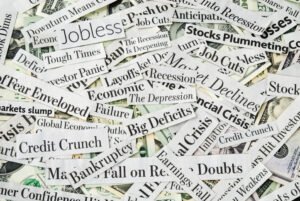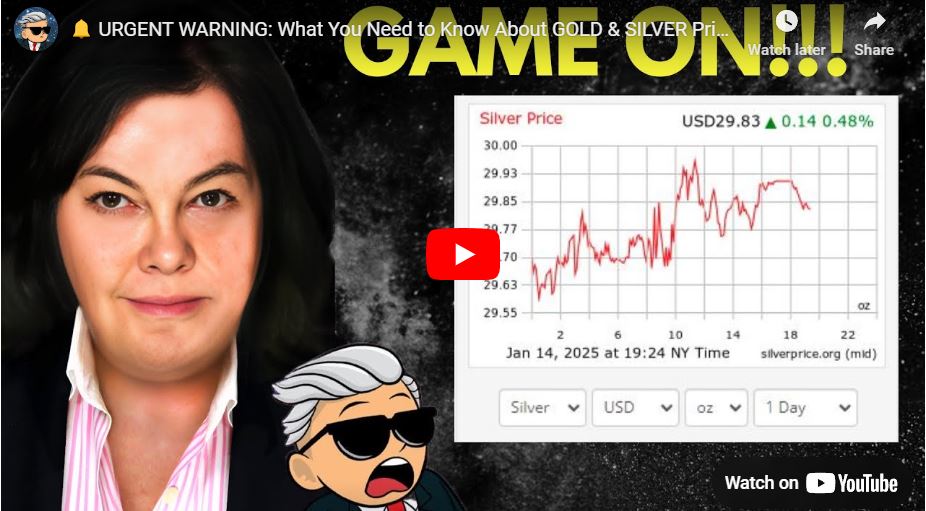Inflation, Taper Tantrum, Market Price Sustainability, & Contradictions?
The comments below are an edited and abridged synopsis of an article by Bill Blain
When it comes to the markets, distractions (crypto babble, crashing SPACS, headlines about how the investments of Softbank and ARKK are in a spin) are noise. The future (if any) for cryptos is angels on the head of a pin stuff, while being a leading fund manager doesn’t provide protection from the hubris of being wrong and overbought. It’s likely that ongoing losses in crypto will affect market sentiment, contributing a timely warning about bursting bubbles.

The issue for market direction in this toppy-feeling market is discerning the real picture, and that’s a cornucopia of contradictions at present.
The questions boil down to the reverse-trifecta of inflation, both in terms of material shortages and labour supply, the taper threat, and this market’s longevity.
You can’t really address these issues individually.
Blain discusses labour shortages in the UK and US; an inflationary threat from rising labour costs; a business contraction threat from debt (stagflation); central banks continuing to fuel the market with ultra-low interest rates and monetary experimentation via QE; the markets (are they overpriced?); what will break the cycle; corporate binge borrowing; and interest rates (the Fed and the ECB).
“Meanwhile… whatever the pundits say, inflation is already real. We know it will impact commodities and materials and therefore the cost of everything. Central bankers are sounding as confident as they can [that] it will prove a short-lived supply-chain recovery effect from the pandemic. Yet, the experience of business suggests it’s going to be labour markets that fuel demands for higher wages to take jobs that is more likely to push prices higher.”
“Be cautious—central banks are telling us rates won’t rise immediately, but will rise in the future. Inflation is a threat and trigger for rate rises sooner, and potential instability. This market looks like the third leg of a rally since 2009—and any chartist will tell you that’s a bad thing.”

